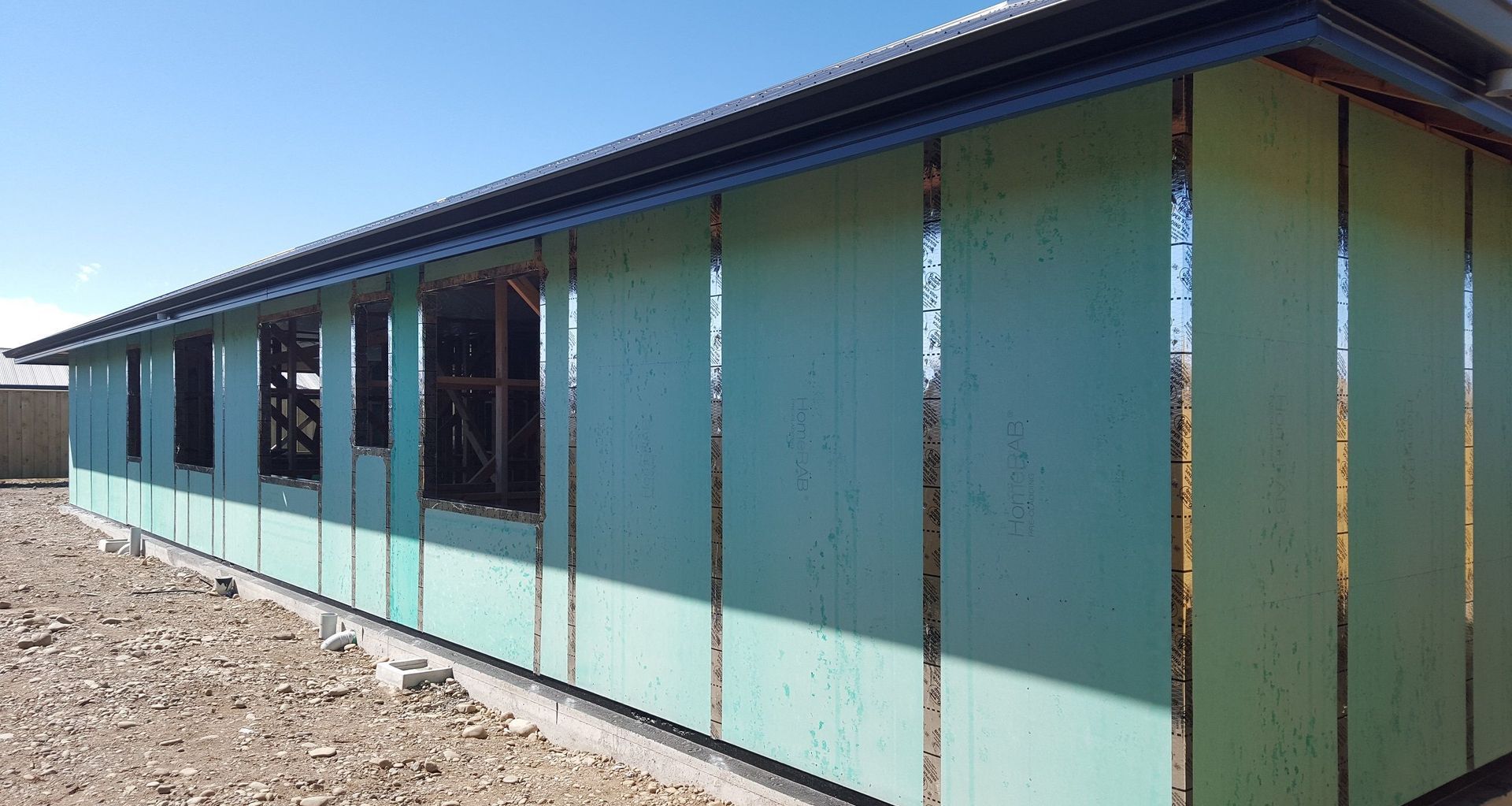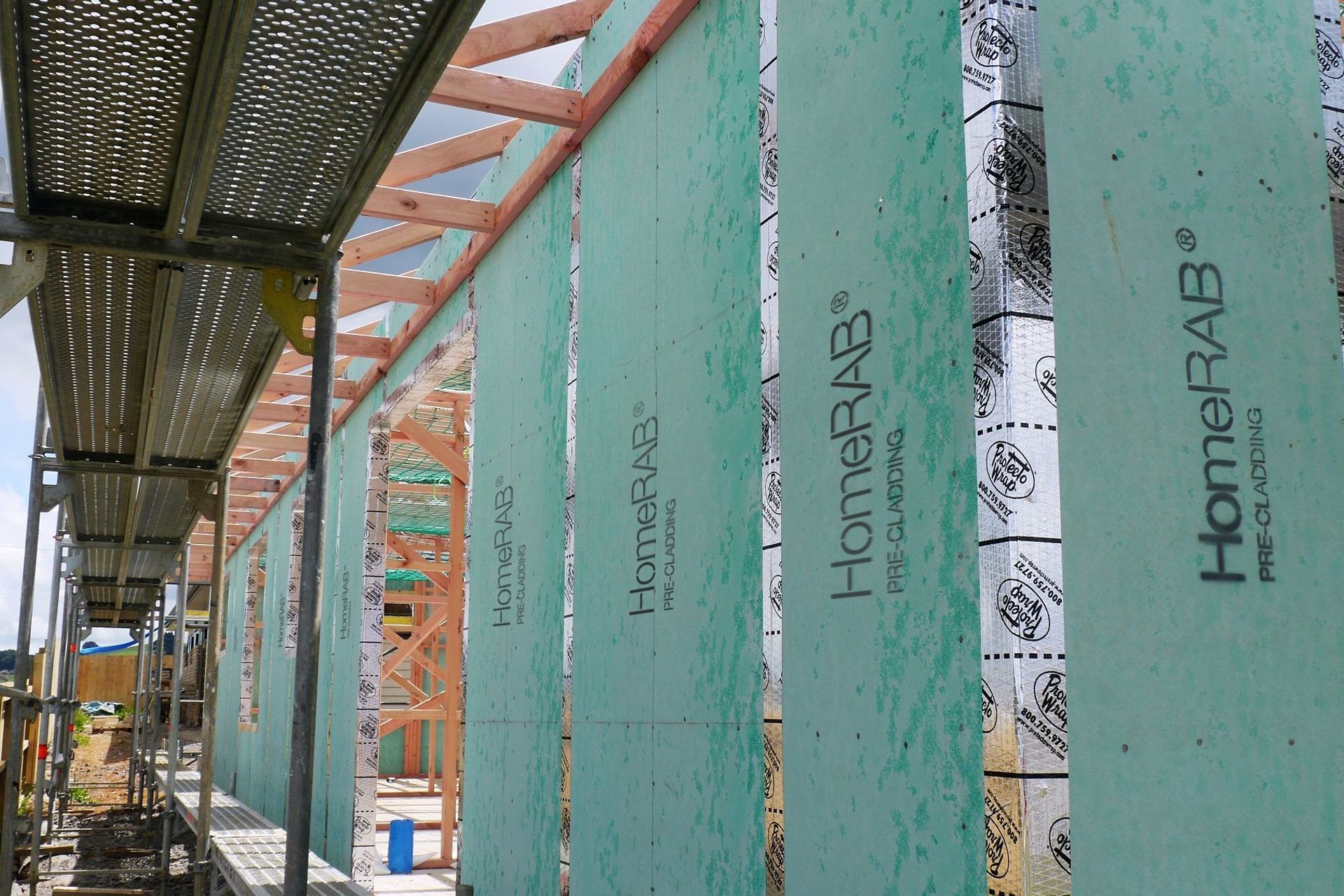New rigid air barriers: added design benefits
Written by
17 June 2018
•
3 min read

Rigid air barriers by James Hardie work by equalising the air pressure in an external wall cavity making the building airtight, and providing structural bracing, acoustic performance and fire protection. Because of their make-up, rigid air barriers also allow for a building to be closed in sooner.
“Traditional flexible wall underlays struggled to perform to this level and meant work was delayed on the interior as the building was not closed in,” James Hardie’s Thi Huynh says.
“The other issue with flexible underlays is that they can’t be used in extra high wind zones where a rigid air barrier can.”
James Hardie’s rigid air barrier products come in three different thicknesses: 4.5mm, 6mm and the recently released 9mm board. “The 9mm RAB™ Board is a pre-sealed fibre cement sheet that is robust and impact resistant, thereby meeting the requirements of E2/AS1 and Specific Engineered Design standards in residential and commercial projects,” Thi says.
Due to its added density, the 9mm RAB™ Board is suitable for use as a rigid air barrier in buildings where external noise needs to be reduced, such as higher density residential developments where homes are built in close proximity, near airports and motorways.
The RAB™ boards are made of fibre cement, an advanced lightweight composite cement material, which is non-combustible and has a 60-minute fire rating.
The beauty of using a rigid air barrier over a flexible underlay in the construction phase is the ability to increase the pace by allowing for work to begin on interiors earlier. “Because the 9mm RAB™ Board is dimensionally stable and weather resistant, it won’t warp or shrink when exposed to the weather, and after fixing it can be left exposed for up to 90 days,” Thi says.
James Hardie has been central to the New Zealand construction product market for almost 80 years. It was the first company to design and manufacture rigid air barrier products in New Zealand, setting the benchmark for pre-cladding solutions.
Made of the same pre-sealed fibre cement sheets, Jame Hardie’s rigid air barriers are separated into products designed specifically for residential homes in high wind zones, HomeRAB™ Pre-cladding, and RAB™ Board for commercial builds and specific engineered design, which incorporates the new 9mm board.
Make sure you get in touch with James Hardie on ArchiPro here to see how you could incorporate the latest in rigid air barrier innovation in your next project.


